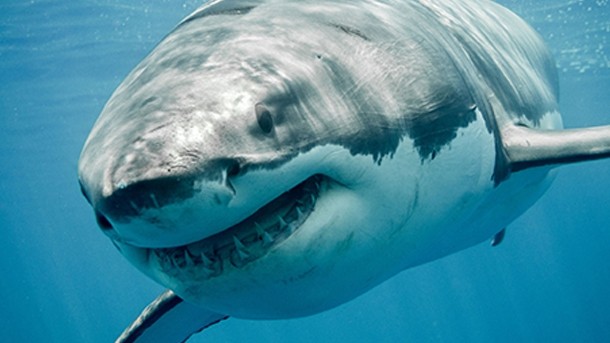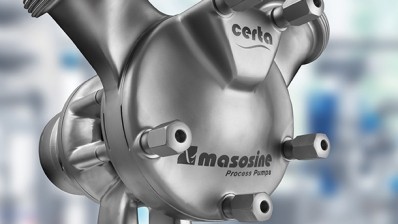Shark skin tips for hygienic processing

It’s all about “linking science and engineering” within industries and across different sectors, such as aerospace, automotive, and food and drink, said Matt Rayment, group business development manager at the Coventry-based Manufacturing Technology Centre (MTC).
“To my mind, the links are getting blurred,” said Rayment, speaking at last month’s Institute of Food Science & Technology’s spring conference held in London, titled ‘Your future role in food: embracing advances in technology’.
“A lot of what we are doing is in the science domain. A lot of what the sector [food and drink] is doing is in the engineering domain. I’m here to say ‘let’s work together’,” he remarked.
Current areas of activity range from surface engineering studies to improve the hygienic design of food machinery surfaces, to 3D printing of plastics for new food and drink packaging formats, and the use of big data to create a “virtual food factory”.
‘Virtual food factory’
By using a virtual factory, layouts and operational changes can be simulated in real-time, so that productivity is optimised and bottlenecks are reduced.
MTC is investigating how surface engineering work on aircraft turbine blades could be translated into enhanced antimicrobial properties for food processing machinery and work surfaces.
By making surfaces “very slippy”, contaminants and pathogens would be less likely to attach themselves, claimed Rayment.
This research makes use of lessons learned from nature, specifically the great white shark’s ability to swim rapidly through water, because of the reduced frictional properties offered by its skin, said Rayment.
This ability is thanks to the microscopic structure of the shark’s skin, which is made up of a series of ridged plates that help it glide through the water. The skin structure also inhibits algal and bacterial growth on it, he explained.
Make kit more hygienic
By using laser treatment to replicate these shark skin structures on the surfaces of stainless steel food processing equipment, it might be possible to make kit more hygienic, claimed Rayment.
It would achieve this by reducing surface ‘wettability’ and creating hydrophobic conditions that prevented contaminants from adhering and, therefore, reduced the need for washdown, he added. “So, surface engineering will make a fundamental difference to the way food is processed.”
The MTC was established in 2010 as an independent, government funded research and technology organisation with the objective of bridging the gap between academia and industry – often referred to as ‘the valley of death’.
The valley of death is the area of research and development that lies between lab-scale investigations and commercially available machines and processes.
The MTC has close links to universities, including Birmingham, Nottingham and Loughborough.














